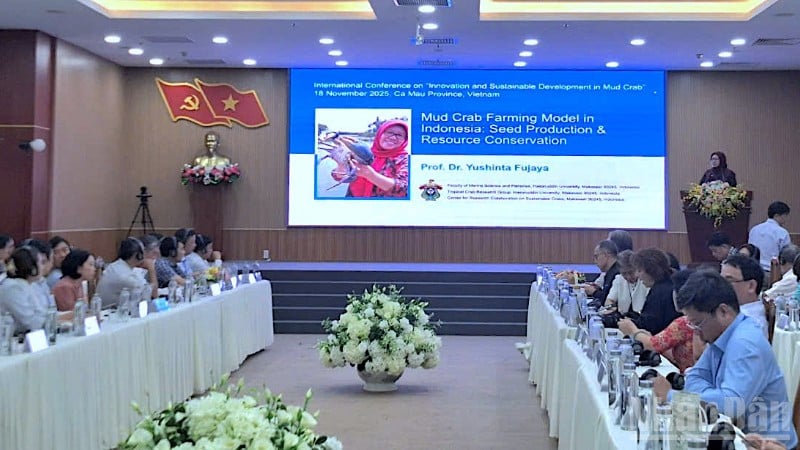
Attending the workshop were Huynh Quoc Viet, Alternate Member of the Party Central Committee, Standing Deputy Secretary of the Provincial Party Committee, Chairman of the Vietnam Fatherland Front Committee of Ca Mau Province; many experts from the Food and Agriculture Organization of the United Nations (FAO), Thailand, the Philippines, Indonesia, along with domestic managers and businesses.
Currently, Ca Mau owns an intercropping crab farming area of about 365,000 hectares, with an annual output of more than 36,500 tons, ranking first in the country in both area and output.

Although geographical indications have been protected and the industry value has reached about 10,000 billion VND/year, the Ca Mau crab industry still faces many challenges regarding diseases, traceability and lack of deeply processed products...
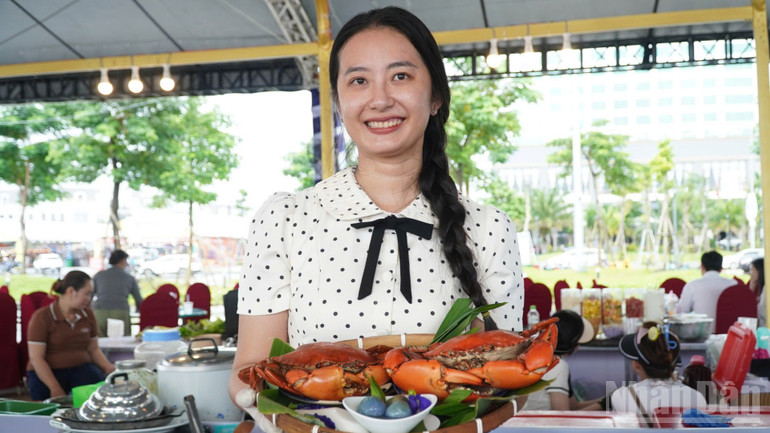
At the workshop, leaders of Ca Mau province emphasized the province's strategic determination to strive to bring 30% of crab output to meet export standards to high-end markets by 2030 through scientific solutions and value chain linkages.
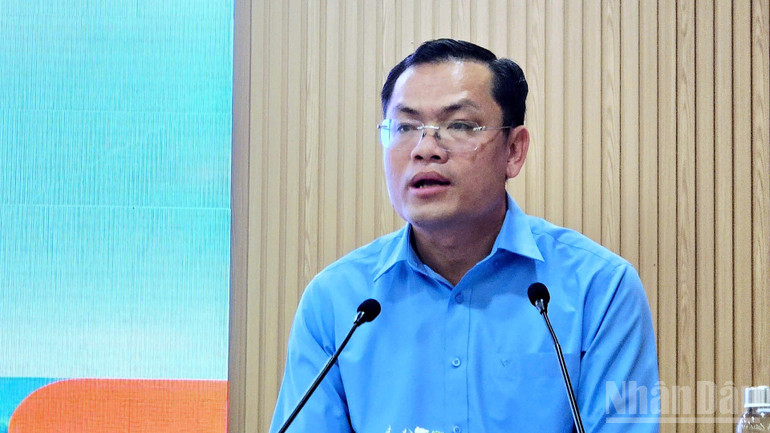
According to Vice Chairman of the People's Committee of Ca Mau province Ngo Vu Thang, this workshop is an opportunity to promote the development orientation of the crab industry in Vietnam in general, and Ca Mau province in particular in the coming time.
To realize the set goals in its locality, Ca Mau has specific directions for departments, branches and business community based on 5 main pillars.
Firstly, on breeds and biosafety: It is necessary to develop a national or provincial program on breeds in the next 3-5 years, establish a system of standard parent farms and a network of laboratories for early disease diagnosis to minimize risks for farmers. Secondly, on farming models: Develop sustainable crab farming associated with mangrove conservation.
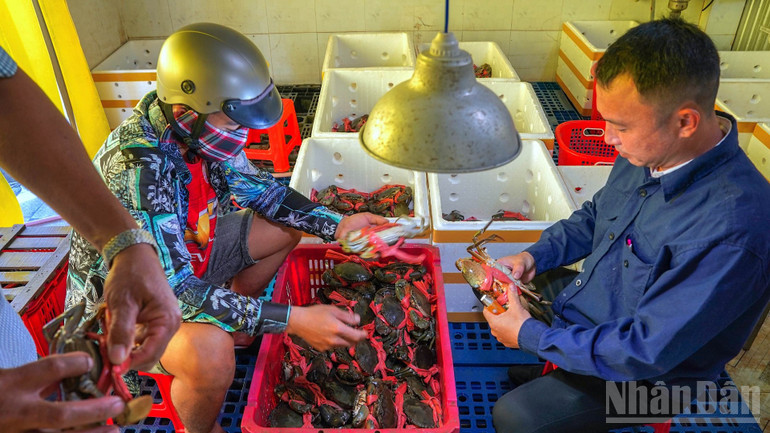
Mr. Thang emphasized that building the "environmentally friendly forest-crab" standard is not only to protect the ecosystem but also a key factor to enhance the brand value of Ca Mau crab in the international arena.
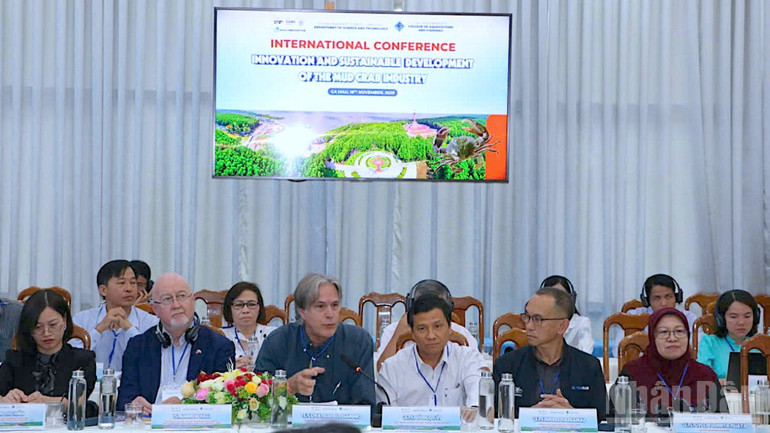
Third, on processing and market: The province encourages businesses to focus on deep processing, creating value-added products (OCOP, standard packaging) instead of just exporting fresh crabs. This helps increase profit margins and reduce pressure on crop consumption.
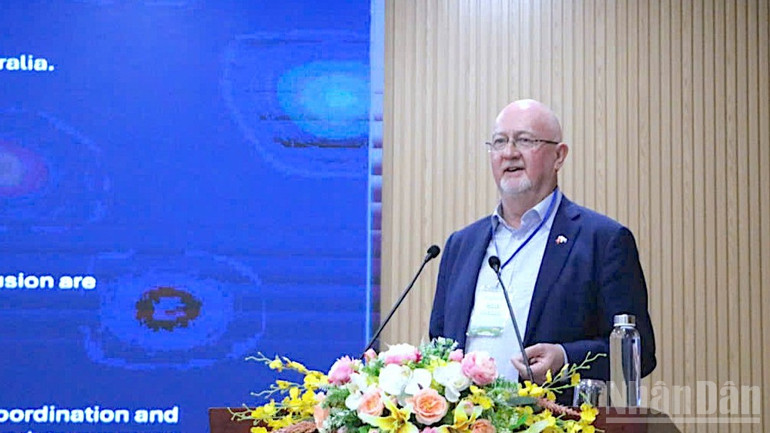
Fourth, on digital transformation: We must quickly pilot traceability through Blockchain and QR-code technology. This is a mandatory “passport” to make the supply chain transparent and create trust in the import market.
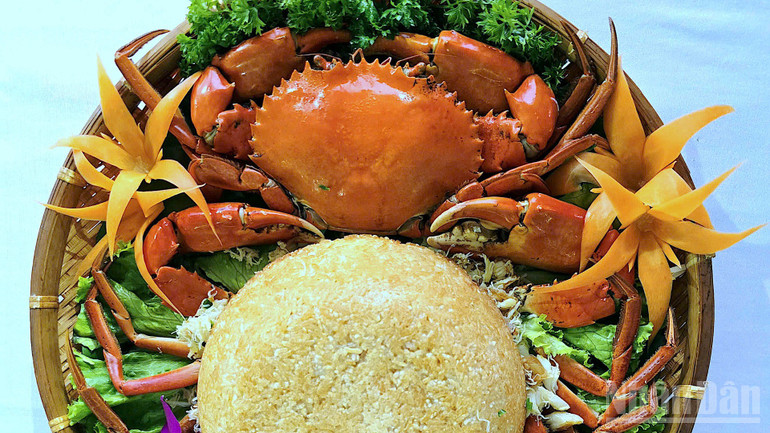
Finally, regarding policy mechanisms: Ca Mau province leaders committed to creating a favorable policy environment, encouraging public-private cooperation and supporting preferential credit for high-tech farming models, circulating farming, etc.
At the workshop, international experts, including Dr. Lovatelli Alessandro from the Food and Agriculture Organization of the United Nations, also agreed with the above orientation of Ca Mau province.
According to him, to move towards a sustainable future for the crab industry, Ca Mau needs to focus on expanding seed production and farming capacity; improving the genetic quality of parent crabs; developing low-cost but nutritious feed; strengthening aquatic health management; and building a strong and equitable value chain.
"Promoting collaborative research, knowledge sharing through digital transformation and applying environmentally friendly farming models will contribute to improving the resilience of the mud crab farming industry, while contributing to global food security and sustainable marine economic development," Dr. Lovatelli Alessandro shared his speech at the workshop.
Source: https://nhandan.vn/ca-mau-thuc-day-nganh-hang-cua-bien-vuon-ra-thi-truong-quoc-te-post924023.html





![[Photo] National Assembly Chairman Tran Thanh Man holds talks with South Korean National Assembly Chairman Woo Won Shik](/_next/image?url=https%3A%2F%2Fvphoto.vietnam.vn%2Fthumb%2F1200x675%2Fvietnam%2Fresource%2FIMAGE%2F2025%2F11%2F20%2F1763629724919_hq-5175-jpg.webp&w=3840&q=75)
![[Photo] President Luong Cuong receives President of the Senate of the Czech Republic Milos Vystrcil](/_next/image?url=https%3A%2F%2Fvphoto.vietnam.vn%2Fthumb%2F1200x675%2Fvietnam%2Fresource%2FIMAGE%2F2025%2F11%2F20%2F1763629737266_ndo_br_1-jpg.webp&w=3840&q=75)
![[Photo] Lam Dong: Panoramic view of Lien Khuong waterfall rolling like never before](/_next/image?url=https%3A%2F%2Fvphoto.vietnam.vn%2Fthumb%2F1200x675%2Fvietnam%2Fresource%2FIMAGE%2F2025%2F11%2F20%2F1763633331783_lk7-jpg.webp&w=3840&q=75)


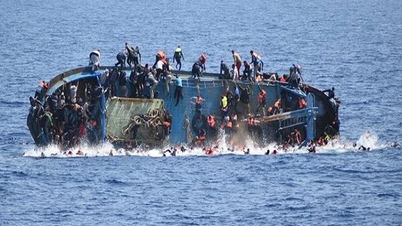










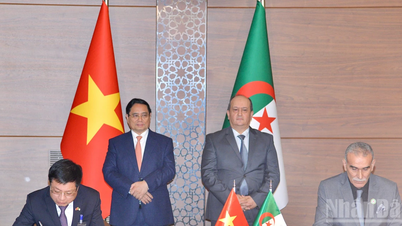

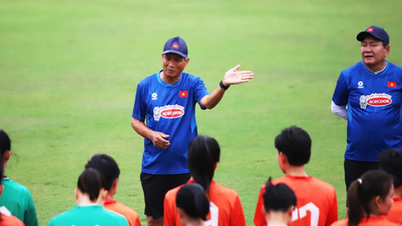







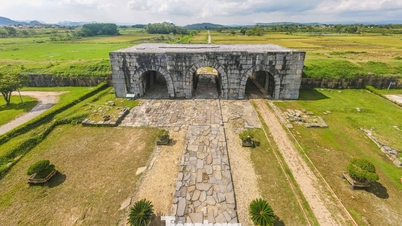

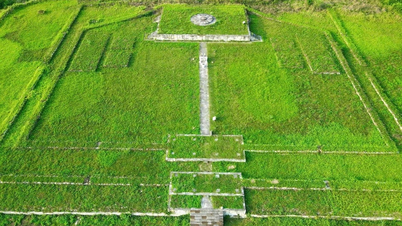







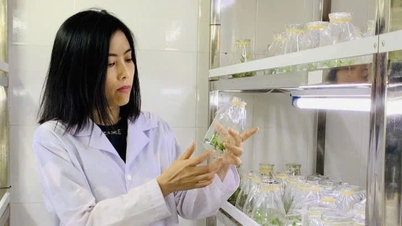





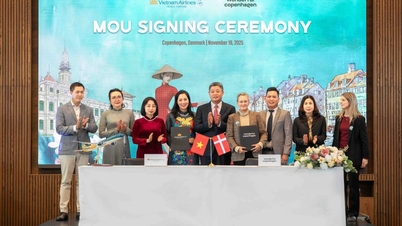





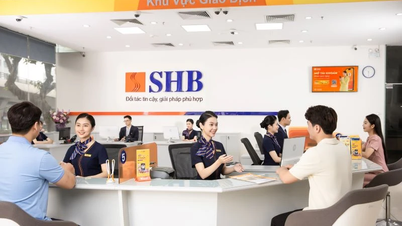








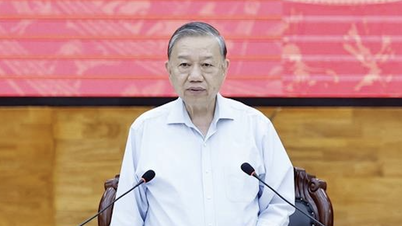



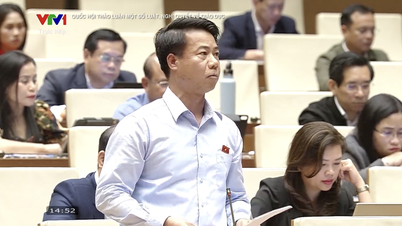




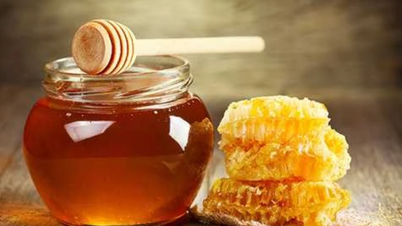



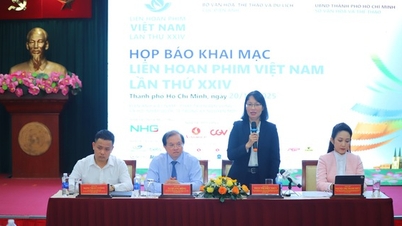


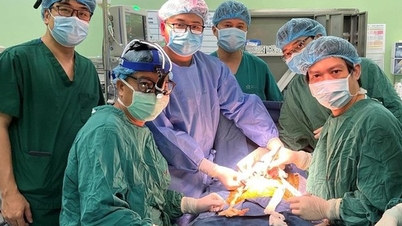

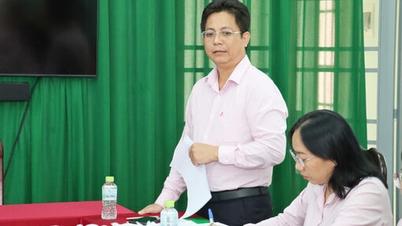

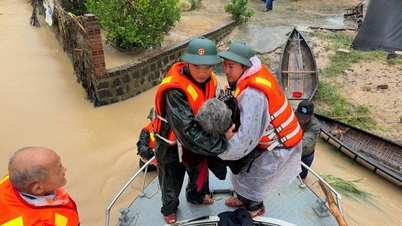


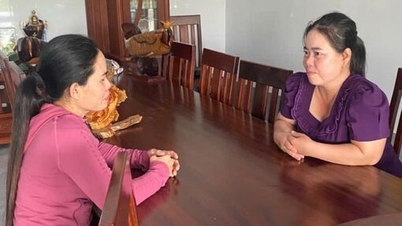
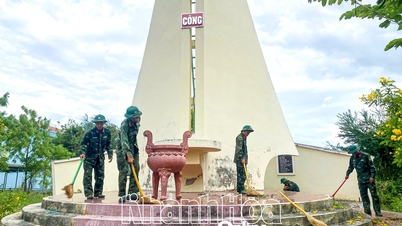

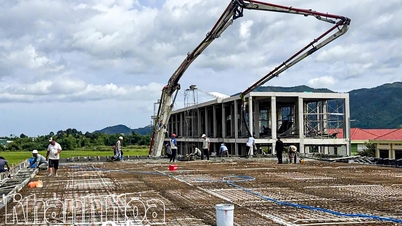


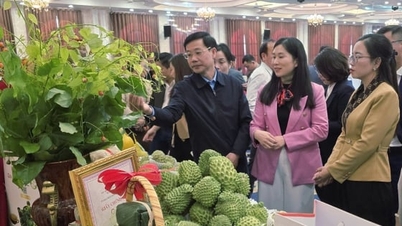











Comment (0)